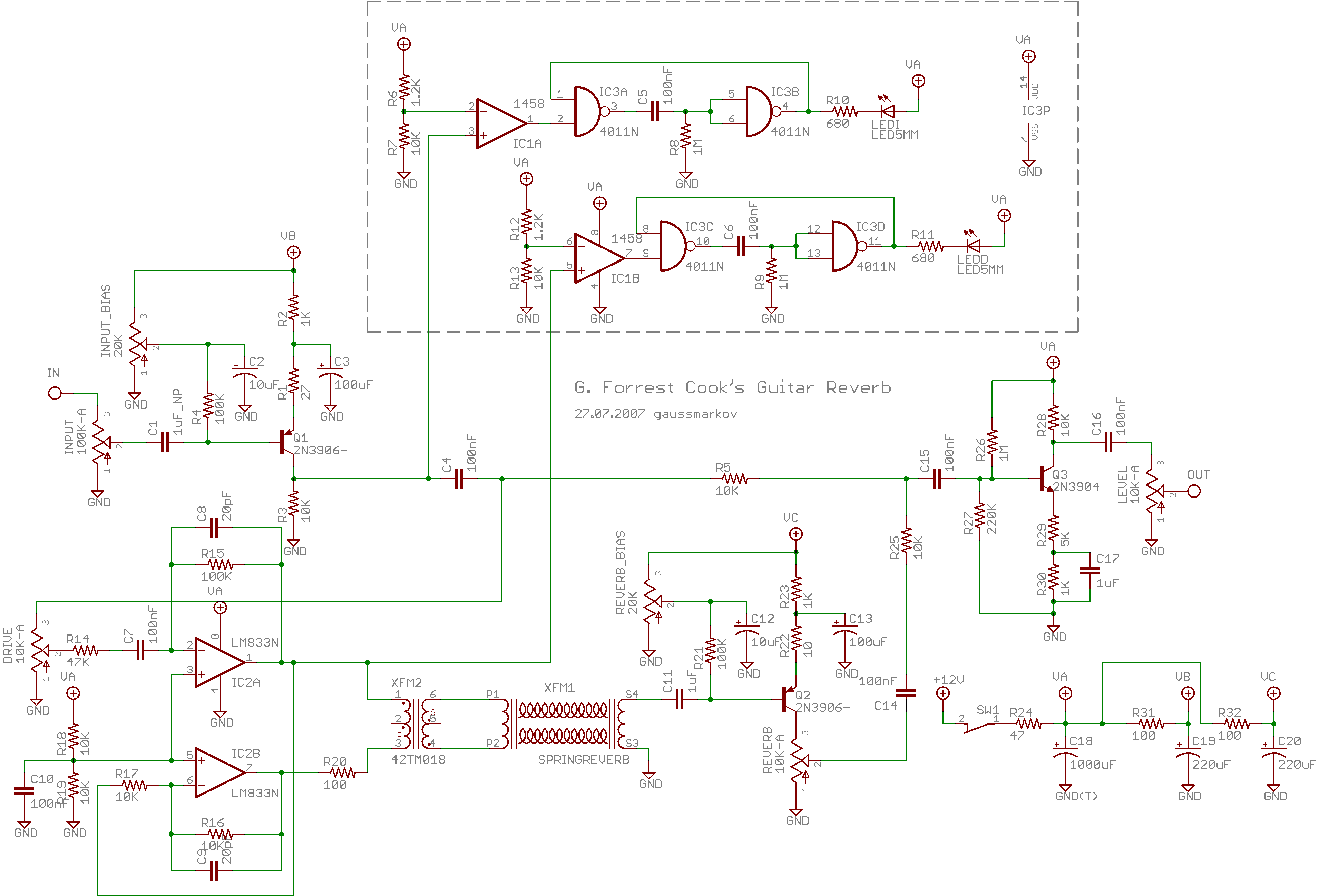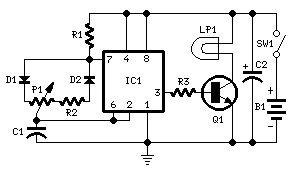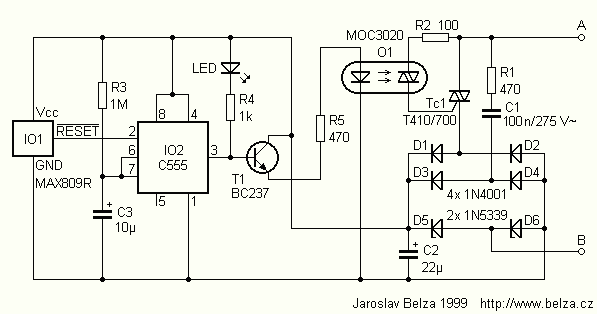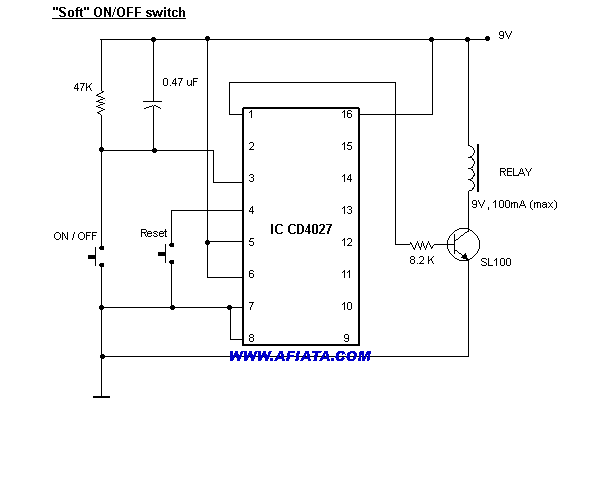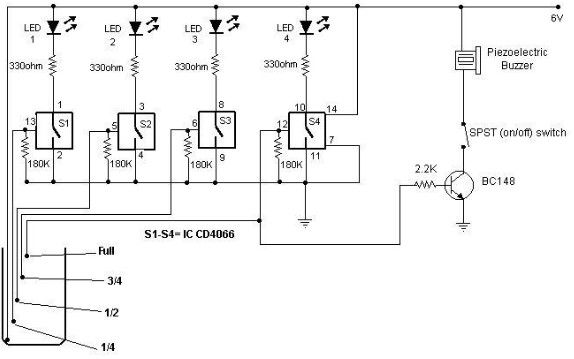
Basic Infrared IR Transmitter Circuit
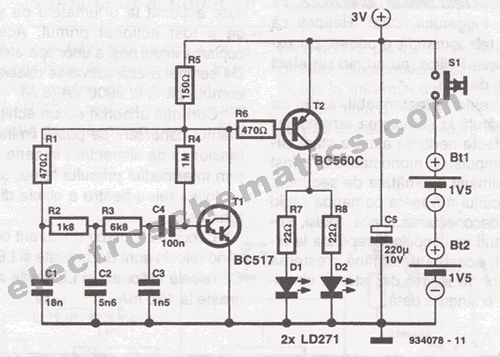
This infrared transmitter is designed for use with an infrared receiver. It operates using either two 1.5V batteries or a 3V lithium battery, allowing for a compact infrared communication system.
The infrared transmitter circuit typically consists of an infrared LED, a resistor, and a power source. The infrared LED emits light in the infrared spectrum, which is not visible to the human eye but can be detected by an infrared receiver. The choice of power source, either two 1.5V batteries in series or a single 3V lithium battery, provides flexibility in terms of size and capacity.
In the circuit, the infrared LED is connected in series with a current-limiting resistor to prevent excessive current flow that could damage the LED. The value of the resistor is determined based on the forward voltage and current specifications of the LED, as well as the voltage supplied by the batteries. For example, if the forward voltage of the infrared LED is 1.2V and the desired forward current is 20mA, the resistor value can be calculated using Ohm's law.
The transmitter may also include a modulation circuit to encode data onto the infrared signal, allowing for more robust communication. This can be achieved using a simple microcontroller or a timer IC that generates a square wave signal, which modulates the infrared LED's emission. The modulation frequency should be chosen based on the specifications of the corresponding infrared receiver to ensure optimal performance.
Overall, the infrared transmitter circuit is a vital component in remote control systems, wireless data transmission, and various applications requiring short-range communication. Its simplicity and effectiveness make it a popular choice for hobbyists and professionals alike.This infrared tranmitter is intended for use with this infrared receiver. It works with 2 - 1.5V batteries or a 3V lithium battery. To give a compact infra.. 🔗 External reference
The infrared transmitter circuit typically consists of an infrared LED, a resistor, and a power source. The infrared LED emits light in the infrared spectrum, which is not visible to the human eye but can be detected by an infrared receiver. The choice of power source, either two 1.5V batteries in series or a single 3V lithium battery, provides flexibility in terms of size and capacity.
In the circuit, the infrared LED is connected in series with a current-limiting resistor to prevent excessive current flow that could damage the LED. The value of the resistor is determined based on the forward voltage and current specifications of the LED, as well as the voltage supplied by the batteries. For example, if the forward voltage of the infrared LED is 1.2V and the desired forward current is 20mA, the resistor value can be calculated using Ohm's law.
The transmitter may also include a modulation circuit to encode data onto the infrared signal, allowing for more robust communication. This can be achieved using a simple microcontroller or a timer IC that generates a square wave signal, which modulates the infrared LED's emission. The modulation frequency should be chosen based on the specifications of the corresponding infrared receiver to ensure optimal performance.
Overall, the infrared transmitter circuit is a vital component in remote control systems, wireless data transmission, and various applications requiring short-range communication. Its simplicity and effectiveness make it a popular choice for hobbyists and professionals alike.This infrared tranmitter is intended for use with this infrared receiver. It works with 2 - 1.5V batteries or a 3V lithium battery. To give a compact infra.. 🔗 External reference
